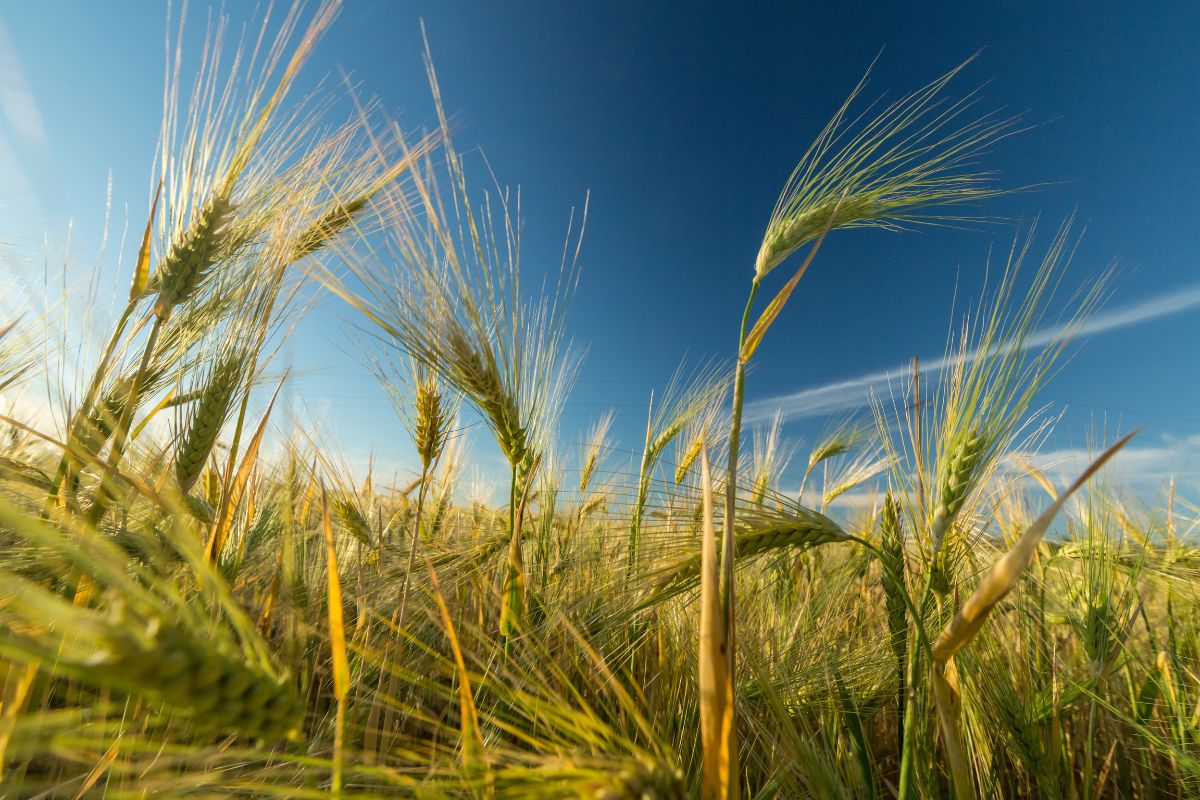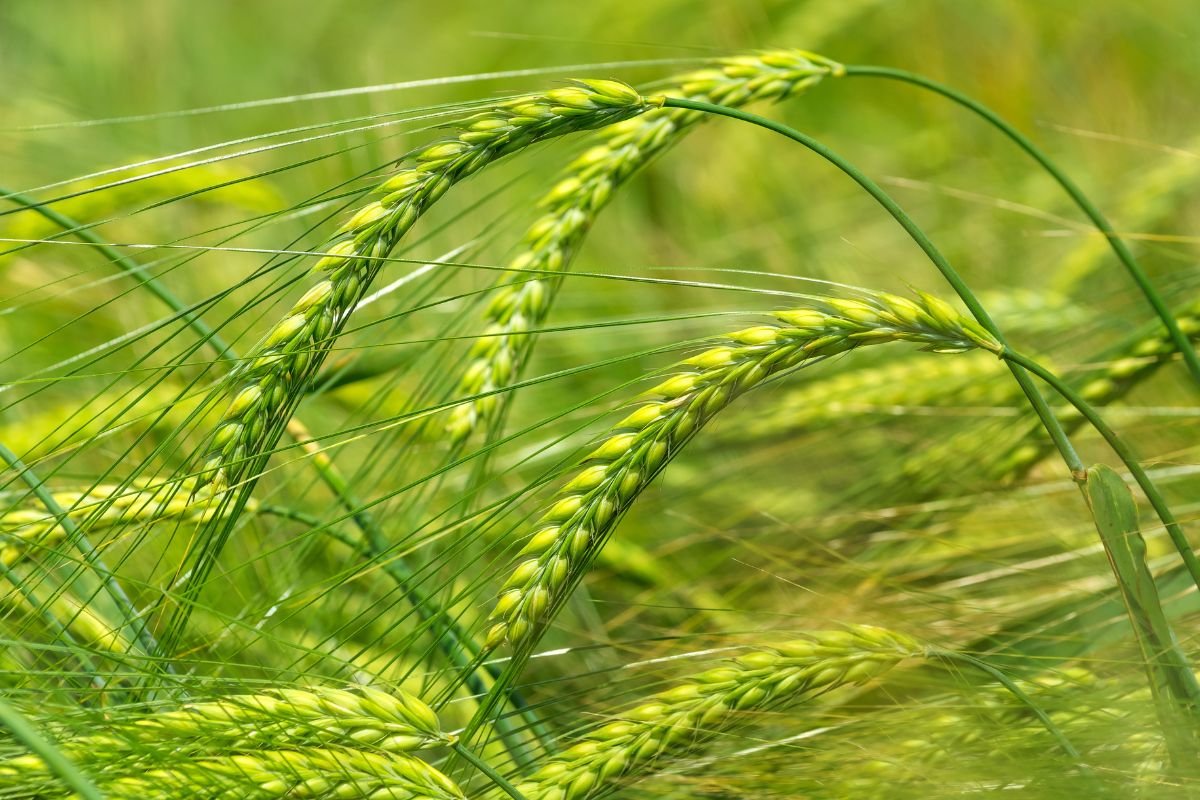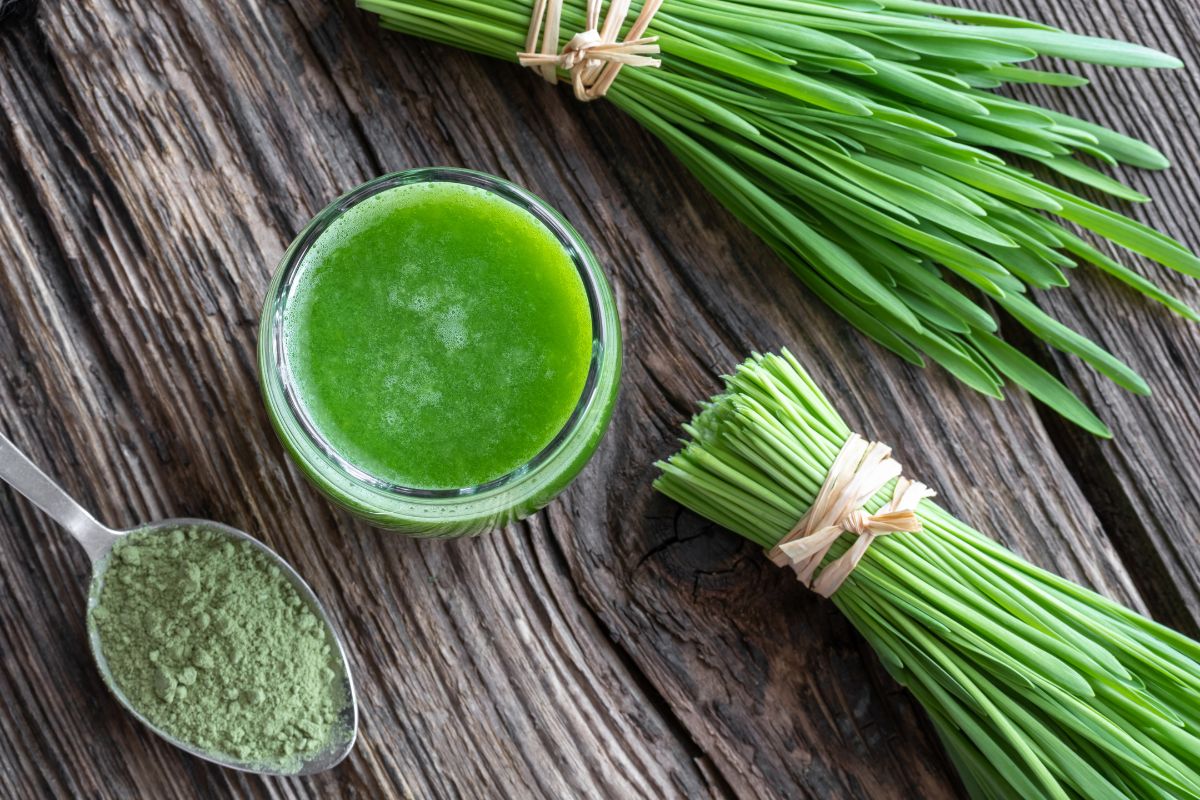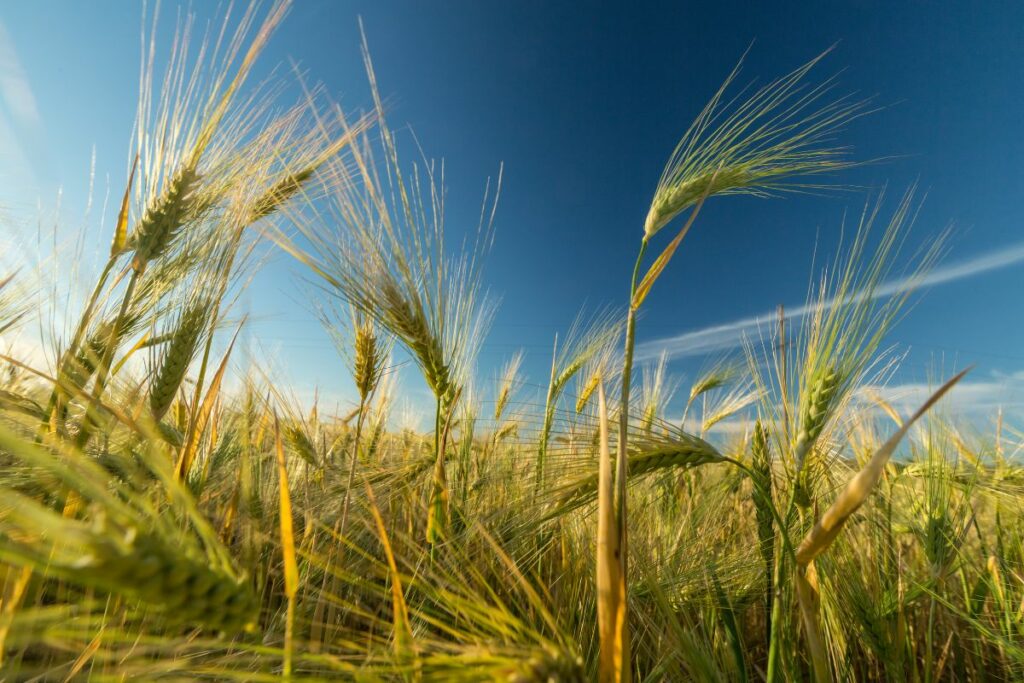You might assume that barley is just like rye, corn, or wheat. But this plant can be distinguished by its appearance.

What do barley plants look like? Continue reading to find out everything you need to know about this widely grown crop.
What Is A Barley Plant?
Barley is grown at incredible rates, being one of the biggest grain crops in the world.
This is alongside rice and wheat. It can be grown in lots of different environments, making it quite an easy crop to maintain.
Though barley is often grown as an agricultural product, you can plant some in your backyard. Humans have been growing barley for thousands of years.
While humans widely consume barley in various forms, animals are the biggest consumer of the grain.
It makes up a large part of animal fodder, which can be eaten by cows, chickens, and various other animals.
What Does A Barley Plant Look Like?
Height
In terms of its appearance, barley has an erect stem. This means that it stands vertically without any support.
This barley stem tends to be quite long and is usually approximately 30 inches tall. Barley plants grow some leaves, which alternate.
Color
Barley has a distinctive color that contains tones of tan, brown, and yellow. This color makes it distinctive from similar plants, such as rye or wheat.
This is because barley has a slightly lighter color scheme. Braley plants develop this color scheme when they are suitable for picking, becoming more of a golden hue.
Flower
The number of spikes on the barley flower will vary depending on the variety.
The first type is two-row barley. The second variety is six-row barley. These two varieties have florets at different positions.
Auricles
This term refers to ear-like parts of plants that are projected from the base of a leaf. For barely, the auricles tend to overlap. These auricles tend to be sharp and clasp-like.
How Can You Tell The Difference Between Barley And Wheat Plants?
It is difficult to tell the difference between these two plants. Though they may appear to be the same, some subtle differences separate them.

The main way of visually differentiating between barley and wheat is to look at their colors once these plants are ready to be harvested.
As mentioned barley tends to be lighter, having more of a golden white color.
Meanwhile, wheat develops a brownish hue.
One can examine the “beard” portion of these plants to tell them apart. The beard is an informal term that refers to the bristly top of the plant.
On barley plants, the beard section tends to be long and bent. In contrast, wheat plants have shorter beards that are straighter.
Another key difference is the number of grains produced by each plant. Barely heads are less consistent with the number of grains that they produce.
These plants can produce between 20 and 60. In comparison, what plants are more consistent, generating in the region of 30 to 50 grains.
How Are Barley Plants Picked?
The harvesting method utilized will depend on what the barley is being used for. If you wish to use barley in cooking, all you need to do is cut the grain once it has matured.
This can be done with a scythe. Just wait for it to dry and then you can start cooking.
However, if you plan on using barley for malting, your harvesting method should be a little different. This is particularly true if you plan on selling the malt to breweries.
They will be more selective about the quality of the barley and so may not take your custom if the barley is poor.
The kernels must be completely intact for most breweries. Many potential buyers will refuse to use barley that has broken kernels.
To ensure that kernels are not impaired, you should be careful when harvesting the plant.
What Does Barley Taste Like?
Barley usually has a nutty flavor. The taste is quite mild so you won’t have to worry about it overpowering dishes.

Two-row barley can taste a little sweeter because it possesses a higher quantity of sugar. In regards to the texture, barley tends to be chewier than most other grains.
Moreover, barley can be very nutritious. Like other grains, it is a sensational source of fiber.
As a result, it can help human bodies to digest food. Barley can also decrease blood sugar levels due to this concentration of fiber. It can also lower the risk of heart disease.
Aside from this, barley also contains decent amounts of protein, vitamin B6, phosphorus, and iron.
As a grain, barley contains gluten. Therefore, it should not be consumed by people with gluten allergies or intolerances.
What Can Barley Be Used To Make?
One of the reasons why barley is so commonly grown as an agricultural crop is because it can be used in numerous ways.
It is commonly used to produce beers and other alcoholic beverages. Don’t worry, you won’t become drunk after tasting barley!
Barley will need to be transformed into a malt before it can be used in alcohol production (see also ‘What Is Malted Barley Flour?‘). During this process, the enzymes are altered so that protein becomes sugar.
Yeast can consume this sugar, resulting in the creation of alcoholic beverages. Barley is commonly used to make whiskey.
Barely can also be used to make various types of bread and stews. Furthermore, barley can enhance the nutritional value of these dishes and make them feel more hearty.
Interestingly, bread manufacturers tend to prefer other grains for making bread. This is due to the limited gluten, which means that barley-based doughs are not as stretchy as other grains.
However, barley makes brilliant flatbreads. The grain can also be used to produce porridge. Pearl barley in particular makes some delicious tasting soups.
Final Thoughts
If you are considering growing barley, we hope that this educational guide has told you everything that you need to know. Barley has a brilliant aesthetic thanks to its golden color scheme.
Though it may not be the brightest or most eye-catching plant, there is something como=forting about barley.








